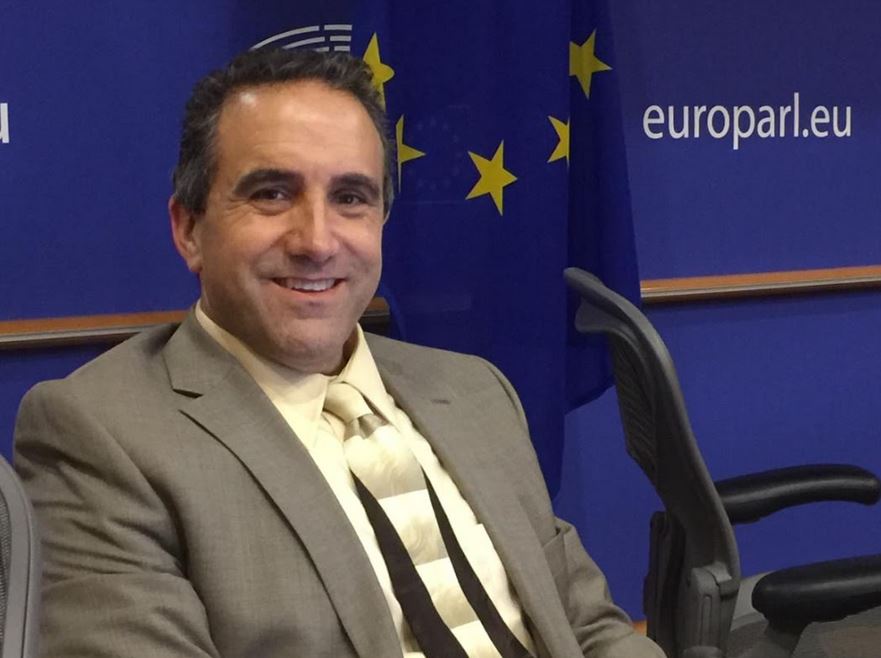By STEPHEN MEYER Published on April 16, 2017 • 298 Comments
Bill Nye may not be a scientist. But he used to play one on TV. Now he is an honorary co-chair and speaker for the “March for Science” in Washington D.C. and elsewhere on April 22.
The choice of Nye as one of the faces of the March is revealing. March organizers have paid lip service to critical thinking and “diverse perspectives” in science. However, Nye is a good example of someone who promotes science as a close-minded ideology, not an open search for truth.
He attacks those who disagree with him on climate change or evolution as science “deniers.” He wouldn’t even rule out criminal prosecution as a tool. Asked last year whether he supported efforts to jail climate skeptics as war criminals, he replied: “Well, we’ll see what happens. Was it appropriate to jail the guys from ENRON?”
Scientists disagree on far more issues than the March organizers admit.
Real science encourages debate. It doesn’t insist that scientists march in lockstep. Or that they speak with one voice. In fact, scientists disagree on far more issues than the March organizers admit.
Models Vs. Evidence
Take global warming. Many marchers will wear their belief in climate change on their sleeves. On their signs, too. They, like Nye and others who claim to speak for science, equate belief in man-made climate disaster with science itself. If you disagree, you’re “anti-science.”
Yet there are strong reasons to doubt the so-called “consensus” on warming. But the popular media rarely cite them.
From 1890 to 1990, records show only a .45 degree C rise in global temperature as measured from near-surface thermometers around the Earth. Yet about 75 percent of the increase occurred before World War II, while most of the increase in human produced greenhouse gases occurred after World War II. So, human industrial activity doesn’t really correlate with the main effect of interest. Meanwhile, after a few warmer than usual years in the early 1990s, global temperatures have flat-lined. They show no net increase over the last two decades.


